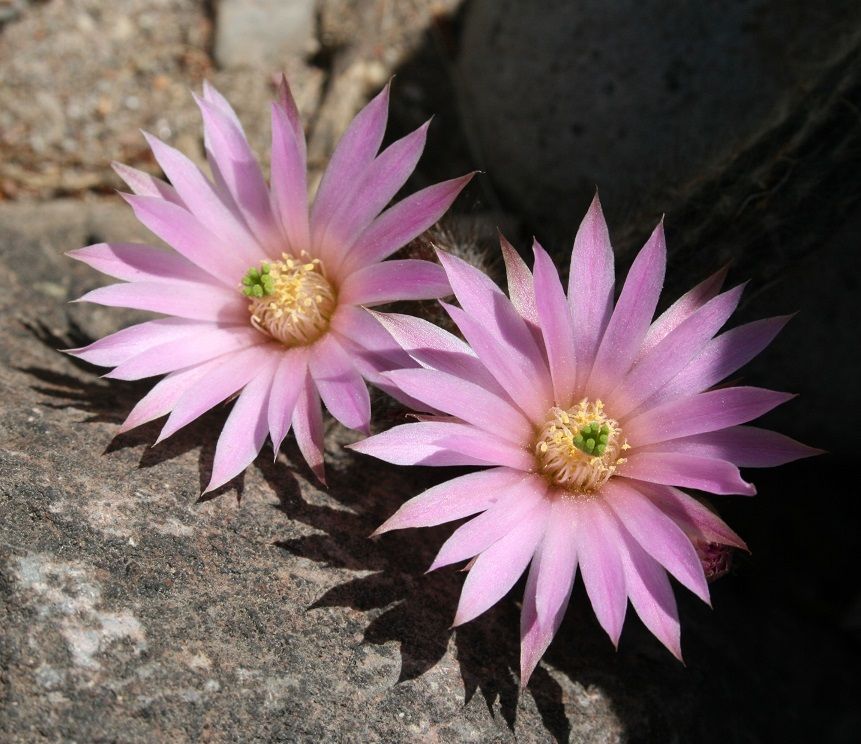Database of the Regional Botanical Garden of Cadereyta

-
Region
Global -
Country
Mexico -
Topic
Policy and Advocacy -
Type
Case Study
Case study provided by: Beatriz Maruri Aguilar, Jardín Botánico Regional de Cadereyta
The plants of the living collection of the Regional Botanical Garden of Cadereyta are registered in a database organized in Microsoft Access ®. The database is constantly updated, and has a number of catalogues that are updated as required. The catalogue subjects include the following: Herbaria, Localities, Municipalities, Conservation Status, Soil Types, Rock Types, Conservation Categories, and so on.
The database is organized into different sections. Some of the most relevant are:
- Copies sent to Herbarium. Herbarium vouchers collected during the scientific work of the Garden are sent to mainly to the MEXU, IEB, IPN and QMEX herbaria. Before being deposited in the herbarium, they are registered, with the largest amount of information available for species. Registration data include: sex, species and author; project under which the voucher was collected; locality; physical characteristics of the locality; name of the collector; date of collection.
- Living Collection copies. This section includes all the copies that are distributed in the different sections of the Botanical Garden. Registration data include: genus, species and author; common names; taxonomic location; conservation status; section of the collection where it is located; abiotic features of the distribution locality; project under which the collection was made; permit number as granted by the Ministry of Environment and Natural Resources (SEMARNAT) for the project collection (specific list of species for that project), name of the collector and date of collection.
- Preserved material. This consitutes a list of biological material preserved in alcohol and sheltered in the Garden’s Research Office. The registration includes the identification number of the specimen, genus and species, type of vegetative structure preserved, preservation technique, collection site, abiotic features of the same, name of collector and date of collection, among others.
- Mother plants. This section specifically lists those species that have official authorization to be sources of germplasm. Unlike the previous ones, this is a small table that lists the species, family and number of parent plants and their current collection authorization.
When seeking permission to collect, researchers obtain the landowner’s permission, and submit information via a form to SEMARNAT in order to get the SEMARNAT permit. The permit generally states the name of the region/municipality, but not the landowner’s name, although if material is collected in natural protected areas or in the botanic garden, the name of the area or garden appears in the document. Hard copies of landowner authorization are kept in the JBR Cadereyta files.